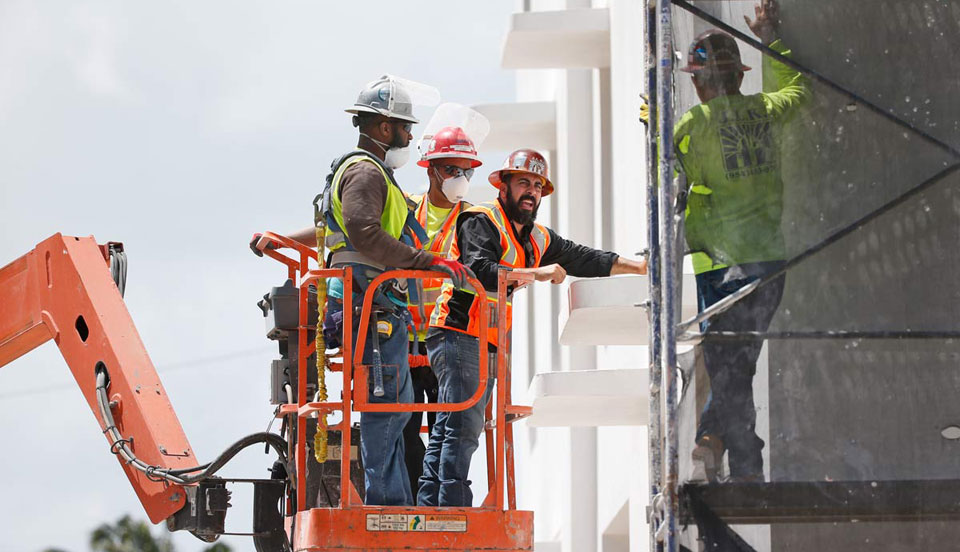
The number of American workers represented by a labor union ticked down last year, extending a decades-long trend.
New data on union membership from the Bureau of Labor Statistics released on Friday showed 16.38 million unionized workers in 2018, down from 16.44 million in 2017. However, because employment of wage and salary workers grew by 1.6 percent between 2017 and 2018, the share of workers represented by a union declined by a more significant amount, from 11.9 percent to 11.7 percent.
In the private sector, the number of workers represented by a union ticked up slightly (+18,000). But due to the 1.7 percent increase in employment in the private sector, the share of private sector workers represented by a union declined, from 7.3 percent to 7.2 percent.
The losses were greater in the public sector. The number of public sector workers represented by a union declined by 83,000, while the share of public sector workers represented by a union declined by seven-tenths of a percentage point, from 37.9 percent to 37.2 percent. The drop was largest at the state government level, with the share of state government workers represented by a union dropping from 33.4 percent to 31.8 percent.
Do these numbers show us anything about the impact of last summer’s Supreme Court decision in Janus v. AFSCME Council 31? The short answer is no. The Janus decision prohibits state and local government unions from requiring that workers who benefit from union representation pay their fair share of that representation (it was already illegal for members of a bargaining unit to be required to either be union members or to pay for any political activities). The intended effect of the decision by those who backed it was to undermine the finances of public sector unions by exposing them to the “free rider” problem. The BLS data do not, however, provide any information on whether workers are paying fair-share fees, simply whether they are members of a union or represented by a union.
When BLS has released their data on union membership in prior years, EPI has typically taken a deeper dive into the data than what is available online from BLS, for example, providing union coverage numbers by sector and demographic characteristics like gender and race. However, one of the many negative effects of the government shutdown is that the release of the Current Population Survey (CPS) public microdata files—the data needed to do additional tabulations—has been delayed.
EPI strongly urges the president to end the government shutdown—most importantly so federal employees and contractors can receive their paychecks again, but also so that timely, accurate data produced by our government statistical agencies is again fully available so households, businesses, organizations, and policymakers are able to make informed decisions.
Heid Shierholz is the Director of the Economic Policy Institute. This article is taken from her recent blog.












Comments